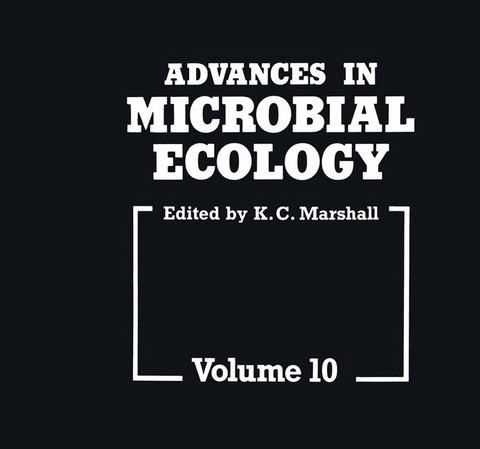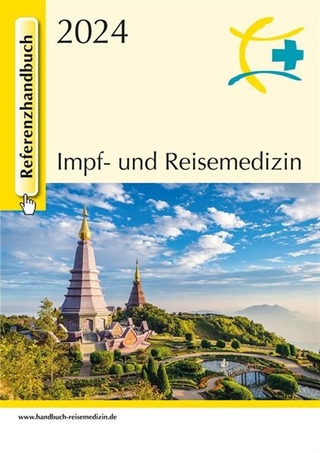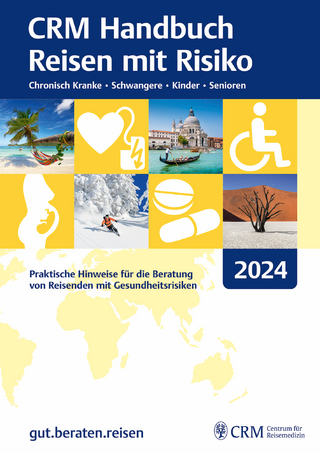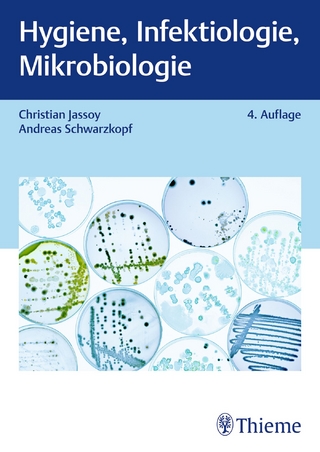
Advances in Microbial Ecology
Springer-Verlag New York Inc.
978-1-4684-5411-6 (ISBN)
- Titel wird leider nicht erscheinen
- Artikel merken
1 Dynamics of Interactions between Bacteria and Virulent Bacteriophage.- 1. Introduction.- 2. Molecular and Genetic Bases of the Interaction.- 2.1. The Course of Lytic Infections.- 2.2. Bacterial Defenses and Phage Counterdefenses.- 3. Mathematical Models of the Interaction.- 3.1. Variations on Lotka and Volterra.- 3.2. Evolutionary Considerations.- 4. Laboratory Communities.- 4.1. Ecological Dynamics.- 4.2. Evolutionary Change.- 5. Natural Communities.- 5.1. Patterns of Abundance.- 5.2. Phage Therapy Revisited.- 6. Summary.- References.- 2 Methods for Detecting Genetically Engineered Microorganisms in the Environment.- 1. Introduction.- 2. Criteria for Methods of Detection.- 2.1. Sensitivity.- 2.2. Specificity.- 2.3. Reliability.- 2.4. Practicality.- 3. Phenotypic Analysis.- 3.1. Markers for Detection of Novel Microorganisms in the Natural Environment.- 3.2. Detection of Microorganisms by Bacteriophage Sensitivity.- 3.3. Detection of Microorganisms by Differential Plating Techniques.- 3.4. Detection of Specific Bacterial Antigens by Fluorescent Antibody Detection Methods.- 4. Genotypic Analysis: The Use of Genetic Probes.- 4.1. The Use of Genetic Probes for the Detection of Specific DNA Sequences.- 4.2. Nick-Translated Probes.- 4.3. Transcription Probes.- 4.4. Choice of Label for Genetic Probes.- 4.5. Stringency.- 5. Genotypic Analysis: Methods of Analysis.- 5.1. Hybridization to Plated Bacteria.- 5.2. Direct Extraction.- 6. Summary.- References.- 3 Ecology and Recognition in the Nematode-Nematophagous Fungus System.- 1. Introduction.- 2. Morphological Adaptations.- 2.1. Influence of Biotic and Abiotic Factors on Morphogenesis.- 2.2. Morphology and Saprophytic/Predaceous Ability.- 3. Nematophagous Fungi in Soil.- 3.1. Techniques to Recover and Isolate Nematophagous Fungi from Soil.- 3.2. Distribution and Quantification.- 3.3. Survival Strategies.- 3.4. Biocontrol.- 4. Host Specificity.- 5. Recognition of Frey.- 5.1. Chemoattraction of Nematodes.- 5.2. Adhesion of Nematodes.- 6. Future Developments.- References.- 4 Fungal Communities in the Decay of Wood.- 1. Wood As a Venue for Community Studies.- 2. Factors Affecting Colonization.- 2.1. Resource Quality.- 2.2. Microclimate.- 2.3. Other Organisms.- 3. Mycelial Interactions.- 3.1. Evidence for Interactions in Situ: Observations of Fungal Community Patterns.- 3.2. Interactions in Agar Culture.- 3.3. Classification of Interaction Types.- 4. Ecological Strategies.- 5. Patterns of Community Development.- 5.1. Setting the Stage: Patterns of Arrival and Establishment.- 5.2. Subsequent Changes: Community Development Pathways.- 6. Community Functioning.- References.- 5 Phagotrophic Phytoflagellates.- 1. Introduction.- 2. Reports of Phagotrophy in Pigmented Algae.- 3. Environmental Distribution.- 4. Feeding Mechanisms.- 5. Grazing Experiments.- 5.1. Feeding Rates.- 5.2. Enhancement of Growth Due to Mixotrophy.- 5.3. Elicitation of Feeding Behavior.- 6. Digestive Processes.- 6.1. Intracellular Digestion.- 6.2. Extracellular Digestion.- 7. Selective Feeding.- 8. Ecological Significance.- 9. Evolutionary Significance.- 10. Concluding Remarks.- References.- 6 The Microbial Ecology of the Dead Sea.- 1. Introduction.- 2. Physicochemical Properties of the Dead Sea.- 2.1. Hydrographie Properties: The Physical Structure of the Water Column.- 2.2. Salt Concentrations and Ionic Composition.- 3. The Search for Life in the Dead Sea.- 4. The Microorganisms of the Dead Sea.- 4.1. Phototrophic Microorganisms.- 4.2. Bacteria of the Dead Sea.- 4.3. Protozoa.- 5. Adaptations of Dead Sea Microorganisms to Their Environment.- 5.1. Tolerance toward High Concentrations of Divalent Cations.- 5.2. Requirement for High Concentrations of Divalent Cations.- 6. Life in the Dead Sea: Quantitative Aspects.- 6.1. Population Dynamics of Dunaliella in the Dead Sea.- 6.2. Community Dynamics of Halobacteria in the Dead Sea.- 6.3. Sulfate Reduction in the Dead Sea.- 6.4. Other Processes in the Dead Sea Mediated by Microorganisms.- 7. The Fate of Nonhalophilic Bacteria Entering the Dead Sea.- 8. The Biology of the Dead Sea: Past, Present, and Future.- References.- 7 Biogeochemistry and Ecophysiology of Atmospheric CO and H2.- 1. Introduction.- 2. Global Budget of Tropospheric CO and H2.- 3. Importance of CO and H2 for Tropospheric Chemistry.- 4. Emission of CO from the Biosphere into the Atmosphere.- 4.1. Vegetation and Phototrophic Microorganisms.- 4.2. Ocean.- 4.3. Freshwater.- 4.4. Soil.- 5. Emission of H2 from the Biosphere into the Atmosphere.- 5.1. Ocean.- 5.2. Freshwater.- 5.3. Soil.- 6. Anoxic Environments as Sources for Atmospheric CO and H2.- 7. Indirect Biospheric Sources of Atmospheric CO and H2.- 8. Decomposition of Atmospheric CO and H2.- 8.1. Capacity of Aerobic Microorganisms to Utilize Atmospheric CO and H2.- 8.2. Decomposition of Atmospheric CO in Soil and Water.- 8.3. Decomposition of Atmospheric H2 in Soil and Water.- 9. Ecological Niches of Hydrogen Bacteria.- 10. Ecological Niches of Carboxydobacteria.- References.- 8 Use of "Specific" Inhibitors in Biogeochemistry and Microbial Ecology.- 1. Introduction.- 2. General Considerations.- 2.1. Definitions, Rationales, and Caveats.- 2.2. "Ideal" and Real Inhibitors.- 3. Examples of Specific Inhibitors: Case Studies.- 3.1. Case 1. 2-Bromoethanesulfonic Acid.- 3.2. Case 2. Molybdate and Other Group IV Oxyanions.- 3.3. Case 3. Nitrapyrin (N-Serve).- 3.4. Case 4. Acetylene.- 4. Inhibition of Carbon Metabolism.- 4.1. Autotrophic Processes.- 4.2. Heterotrophic Processes.- 4.3. Methane Oxidation.- 4.4. Methanogenesis.- 4.5. Ethylene Metabolism.- 5. Inhibition of Nitrogen Metabolism.- 5.1. Assimilatory Pathways.- 5.2. Nitrogen Fixation.- 5.3. Nitrification.- 5.4. Denitrification.- 6. Inhibition of Sulfur Metabolism.- 6.1. Sulfate Reduction.- 6.2. Sulfide and Reduced Sulfur Oxidation.- 7. Inhibition,of Metal Metabolism.- 8. Summary.- References.- 9 Ecological Significance of Siderophores in Soil.- 1. Introduction.- 2. Hydroxamate Siderophores.- 3. Ecology of Hydroxamate Siderophores.- 3.1. Fungal Siderophores in Soil.- 3.2. Bacterial Siderophores in Soil.- 3.3. Multiple Hydroxamate Siderophore Production by Fungi and Bacteria.- 4. Conclusions.- References.- 10 Bacteria and Chromium in Marine Sediments.- 1. Introduction.- 2. Sources of Chromium in Sediment.- 2.1. Natural Sources.- 2.2. Anthropogenic Sources.- 2.3. Deposition of Chromium into Sediments.- 3. Speciation, Distribution, and Partitioning of Chromium in Marine Sediments.- 3.1. Speciation.- 3.2. Distribution with Depth.- 3.3. Partitioning of Chromium in Sediment.- 4. Bacteria in Chromium Polluted Sediments.- 4.1. Bacteria in Polluted Sediments.- 4.2. Distribution of Bacteria in Chromium Polluted Sediments.- 4.3. Types of Bacteria in Chromium Polluted Sediments.- 5. Bacteria and Chromium Interaction.- 5.1. Chromium as an Essential and a Toxic Element.- 5.2. Tolerance and Resistance of Bacteria to Chromium.- 5.3. Mobilization of Chromium in Sediments by Bacteria.- 5.4. What Really Happens in the Polluted Sediment?.- 6. Implications of Bacterial-Chromium Interaction in Sediments.- 7. Conclusions.- References.
| Erscheinungsdatum | 19.12.2018 |
|---|---|
| Reihe/Serie | Advances in Microbial Ecology ; 10 |
| Zusatzinfo | 474 p. |
| Verlagsort | New York, NY |
| Sprache | englisch |
| Maße | 230 x 215 mm |
| Themenwelt | Medizin / Pharmazie ► Medizinische Fachgebiete ► Mikrobiologie / Infektologie / Reisemedizin |
| Medizin / Pharmazie ► Studium | |
| Naturwissenschaften ► Biologie ► Botanik | |
| Naturwissenschaften ► Biologie ► Zoologie | |
| Schlagworte | Ecology • microbial ecology • Microorganism • System |
| ISBN-10 | 1-4684-5411-0 / 1468454110 |
| ISBN-13 | 978-1-4684-5411-6 / 9781468454116 |
| Zustand | Neuware |
| Haben Sie eine Frage zum Produkt? |
aus dem Bereich


